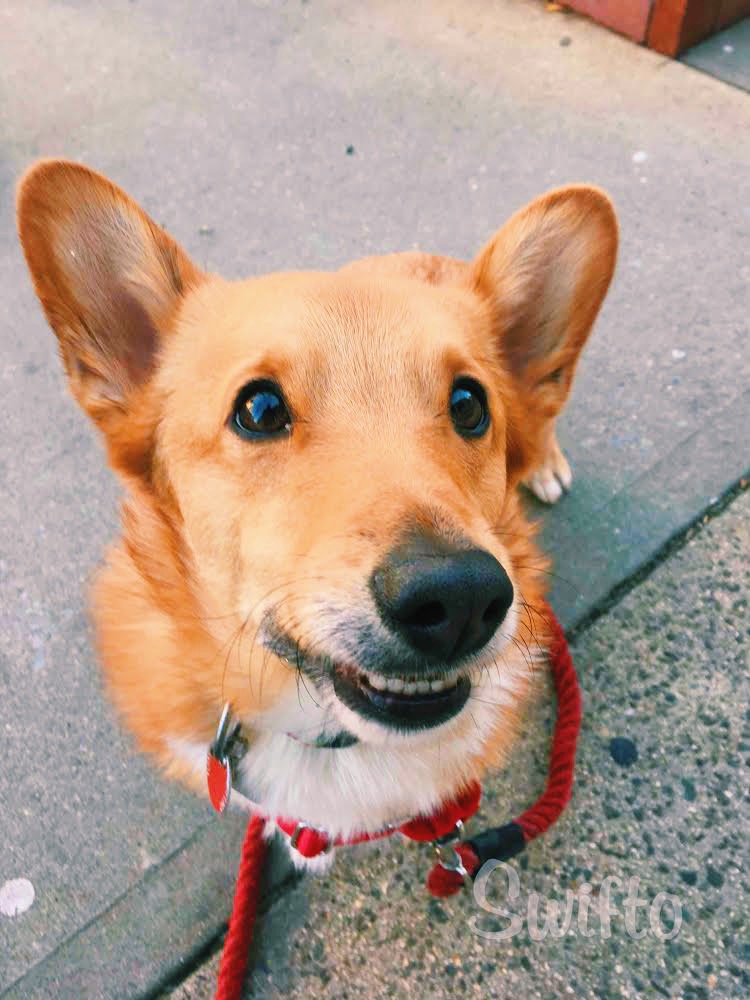Tips for helping your child overcome their fear of dogs
Even though dogs are often considered man's best friend, they can be intimidating to many children. Dogs are often larger than kids, unpredictable, and very forward when curious. Here are ten tips to help your child overcome their fear of dogs:
1. Acknowledge Their Fear
Acknowledge that your child is afraid of dogs. Avoid dismissive phrases like “Dogs aren’t going to hurt you” or “There’s nothing to be afraid of,” as they can compound a child’s nervous energy and potentially make their phobia more severe. Instead, use phrases like “I know you’re scared of the doggy, hold my hand and we’ll be okay.” Introduce a child to a dog only after they’re comfortable being in the same room or on the same street as a dog.
2. Use Positive Language
Avoid language that reinforces a child’s fear. Acknowledging their fear is important, but avoid phrases like “He may bite” or “Is your dog aggressive?” Instead, use phrases like “Watch out for kisses” and “Does your dog get very excited around kids?”
3. Gradual Introduction
Gradually introduce your child to dogs through imaginative play. Start with a stuffed dog to show how a real dog might behave. Progress from toys to books and TV shows about dogs, then observe live dogs from a distance before finally meeting a dog. If you own a dog, initially keep them away from your child, then gradually introduce them while ensuring the dog is out of reach (e.g., behind a glass door).
4. Understand Dog Behavior
Remember that dogs can be scared of kids too. Children are at eye level for most dogs and can appear challenging or intimidating when they stare. If a dog is nervous around your child, regardless of whether your child has a phobia, excuse yourself from the situation and try playtime later.
5. Set Expectations
Prepare your child for what to expect when interacting with dogs. Use phrases like “Watch out for kisses” or “The dog may do a little dance and jump.” This helps your child understand that dogs can be predictable, reducing the shock if a dog jumps or snaps.
6. Introduce Older Dogs
Introduce your child to an older, calmer dog once they are comfortable around dogs. Puppies, often not fully trained, can be too energetic and jumpy, potentially overwhelming a fearful child.
7. Pet the Body
Encourage your child to pet a dog’s body rather than their face. The body is less intimidating, and the dog is likely to be happier. This also reduces the likelihood of your child being licked or seeing the dog’s teeth.
8. Use Accessories
Seek out a dog with accessories or put an outfit on your dog. Accessories like vests or bandanas can make dogs appear more fun and less intimidating. Therapy dogs often wear vests, which can make them seem more approachable to children.
9. Teach Polite Interaction
Teach your child to be polite to dogs. They should know not to push, tease, scream at, or pull a dog’s tail. Positive interactions are more likely when the dog is calm and happy.
10. Always Ask for Permission
Teach your child to always ask the dog’s owner for permission before petting a dog they haven’t met. This ensures safety and proper introduction.
Conclusion
By following these tips, you can help your child overcome their fear of dogs gradually and safely. Remember, patience and positive reinforcement are key to helping your child develop a healthy relationship with dogs.


